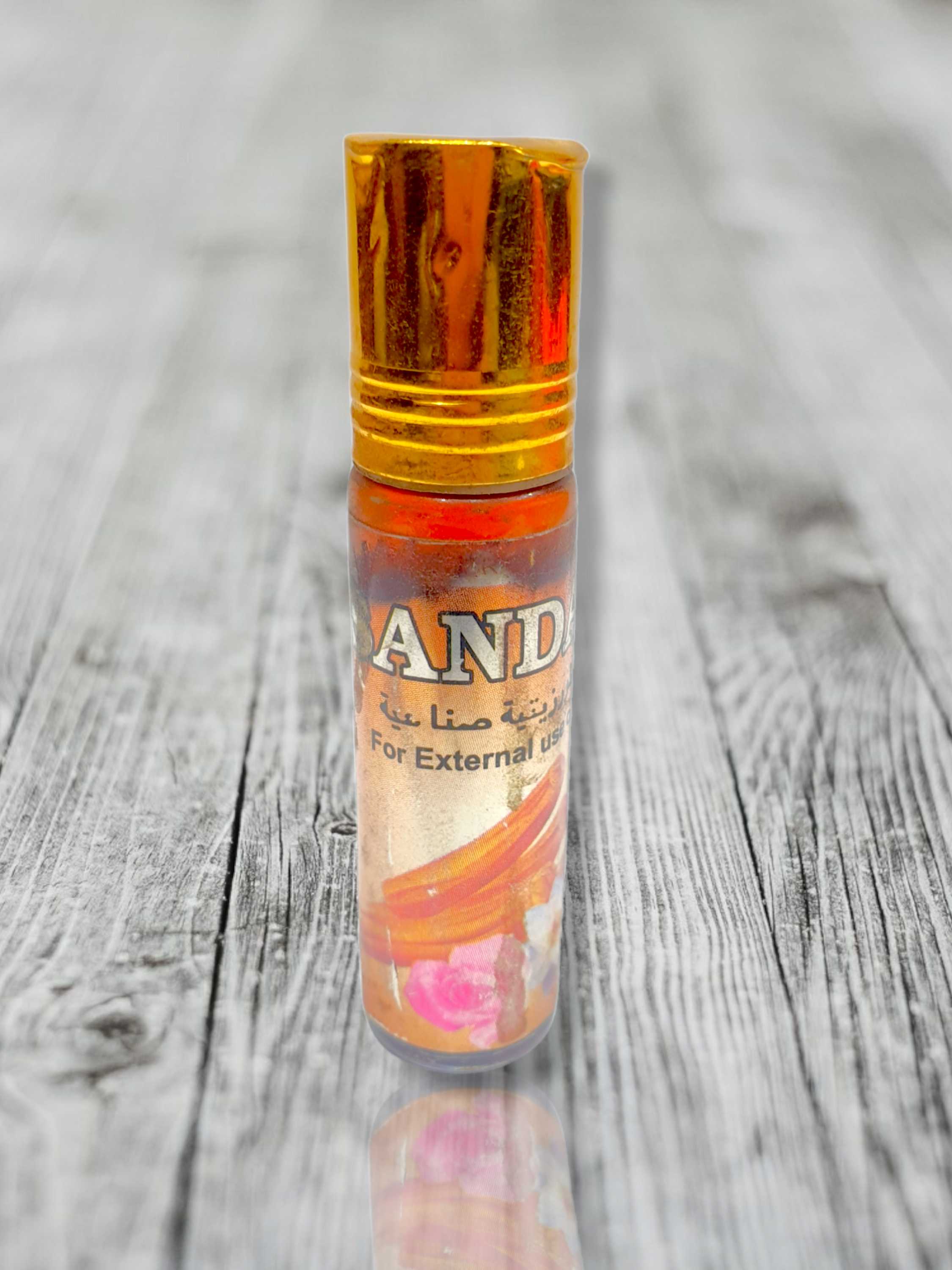Attar Perfume
Attar, otherwise called Ittar, is a rejuvenating oil gotten from herbal or other normal sources. Most normally these oils are extricated through hydro or steam refining. The Persian doctor Ibn Sina was first to determine the attar of blossoms from distillation.[1] Attar can likewise be communicated by substance implies yet commonly regular fragrances which qualify as Attars are refined with water. The oils are for the most part refined into a wood base like sandalwood and afterward matured. The maturing period can endure from one to a decade relying upon the botanicals utilized and the outcomes wanted. Actually Attars are distillates of blossoms, spices, flavors and other normal materials, for example, heated soil over sandalwood oil/fluid paraffins utilizing hydrodistillation strategy including a still (deg) and getting vessel (bhapka). These procedures are as yet being used today at Kannauj in India.
Read More
Use of Attar
Attars are generally classified based on their perceived effect on the body. 'Warm' Attars such as musk, amber, and Kesar (saffron) are used in winter, as they are believed to increase body temperature. Likewise, 'cool' Attars such as rose, jasmine, khus, kewda, and mogra are used in summers for their perceived cooling effect on the body.
Although Attars are mostly used as a perfume, they are also used for medicinal and aphrodisiacal purposes.
Sandalwood : What is Sandalwood
Sandalwood is a class of woods from trees in the genus Santalum. The woods are heavy, yellow, and fine-grained, and, unlike many other aromatic kinds of wood, they retain their fragrance for decades. Sandalwood oil is extracted from the woods for use. Sandalwood is often cited as one of the most expensive woods in the world. Both the wood and the oil produce a distinctive fragrance that has been highly valued for centuries. Consequently, some species of these slow-growing trees have suffered over-harvesting in the past.
Fragnance
Sandalwood oil has a distinctive soft, warm, smooth, creamy, and milky precious-wood scent. It imparts a long-lasting, woody base to perfumes from the oriental, woody, fougère, and chypre families, as well as a fixative to floral and citrus fragrances. When used in smaller proportions in a perfume, it acts as a fixative, enhancing the longevity of other, more volatile, materials in the composite. Sandalwood is also a key ingredient in the "floriental" (floral-ambery) fragrance family – when combined with white florals such as jasmine, ylang ylang, gardenia, plumeria, orange blossom, tuberose, etc.
Sandalwood oil in India is widely used in the cosmetic industry. The main source of true sandalwood, S. album, is a protected species, and demand for it cannot be met. Many species of plants are traded as "sandalwood". The genus Santalum has more than 19 species. Traders often accept oil from closely related species, as well as from unrelated plants such as West Indian sandalwood (Amyris balsamifera) in the family Rutaceae or bastard sandalwood (Myoporum sandwicense, Myoporaceae). However, most woods from these alternative sources lose their aroma within a few months or years.
Isobornyl cyclohexanol is a synthetic fragrance chemical produced as an alternative to the natural product.
Sandalwood's main components are the two isomers of santalol (about 75%). It is used in aromatherapy and to prepare soaps.
Read More
